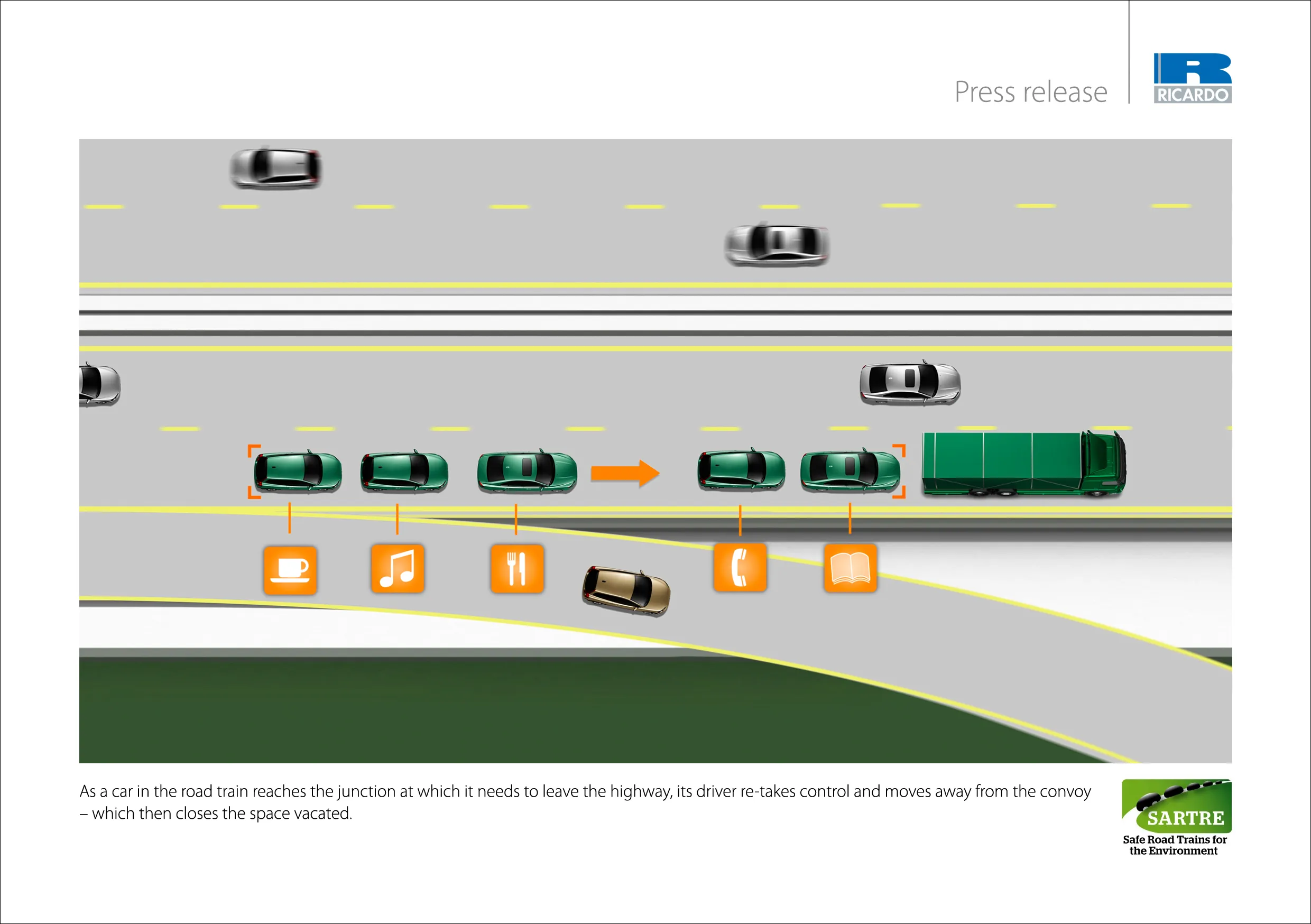Nearly 3,000 cars, trucks and buses equipped with connected Wi-Fi technology to enable vehicles and infrastructure to ‘talk’ to each other in real time to help avoid crashes and improve traffic flow, began traversing Ann Arbor's streets yesterday as part of a year-long safety pilot project by the US Department of Transportation. Ray LaHood, US Transportation Secretary, joined elected officials and industry and community leaders on the University of Michigan campus to launch the second phase of the Safety Pi
August 22, 2012
Read time: 3 mins
Nearly 3,000 cars, trucks and buses equipped with connected Wi-Fi technology to enable vehicles and infrastructure to ‘talk’ to each other in real time to help avoid crashes and improve traffic flow, began traversing Ann Arbor's streets yesterday as part of a year-long safety pilot project by the 2364 US Department of Transportation. Ray LaHood, US Transportation Secretary, joined elected officials and industry and community leaders on the 5186 University of Michigan campus to launch the second phase of the Safety Pilot, said to be the largest road test to date of connected vehicle crash avoidance technology.
Conducted by University of Michigan's Transportation Research Institute (UMTRI), the road test, or model deployment, is claimed to be a first-of-its-kind test of connected vehicle technology in the real world. The test cars, trucks and buses, most of which have been supplied by volunteer participants, are equipped with vehicle-to-vehicle (V2V) and vehicle-to-infrastructure (V2I) communication devices that will gather extensive data about system operability and its effectiveness at reducing crashes.
According to DoT's2467 National Highway Traffic Safety Administration (NHTSA), V2V safety technology could help drivers avoid or reduce the severity of four out of five unimpaired vehicle crashes. To accomplish this, the model deployment vehicles will send electronic data messages, receive messages from other equipped vehicles, and translate the data into a warning to the driver during specific hazardous traffic scenarios. Such hazards include an impending collision at a blind intersection, a vehicle changing lanes in another vehicle's blind spot, or a rear collision with a vehicle stopped ahead, among others.
"Vehicle-to-vehicle communication has the potential to be the ultimate game-changer in roadway safety - but we need to understand how to apply the technology in an effective way in the real world," said NHTSA Administrator David Strickland. "NHTSA will use the valuable data from the 'model deployment' as it decides if and when these connected vehicle safety technologies should be incorporated into the fleet."
The model deployment is the second phase of DoT's connected vehicle Safety Pilot, a major research initiative managed by NHTSA and the6431 Research and Innovative Technologies Administration (RITA) Intelligent Transportation Systems Joint Program Office. Earlier this year, DOT released data from a series of driver acceptance clinics conducted during the first phase of the Safety Pilot. The study revealed that an overwhelming majority of drivers (9 out of 10) who have experienced V2V technology have a highly favourable opinion of its safety benefits and would like to have V2V safety features on their personal vehicle.
"Many significant advances in roadway safety resulted from the collaborations between government, industry, and academia," said Gregory D. Winfree, RITA Deputy Administrator. "The deployment today is the culmination of years of cooperative research on forward-thinking technology designed to save lives and prevent injuries on America's roads."
The information collected from both phases of the Safety Pilot, and other key research projects, will be used by NHTSA to determine by 2013 whether to proceed with additional activities involving connected vehicle technology, including possible rulemaking.
Conducted by University of Michigan's Transportation Research Institute (UMTRI), the road test, or model deployment, is claimed to be a first-of-its-kind test of connected vehicle technology in the real world. The test cars, trucks and buses, most of which have been supplied by volunteer participants, are equipped with vehicle-to-vehicle (V2V) and vehicle-to-infrastructure (V2I) communication devices that will gather extensive data about system operability and its effectiveness at reducing crashes.
According to DoT's
"Vehicle-to-vehicle communication has the potential to be the ultimate game-changer in roadway safety - but we need to understand how to apply the technology in an effective way in the real world," said NHTSA Administrator David Strickland. "NHTSA will use the valuable data from the 'model deployment' as it decides if and when these connected vehicle safety technologies should be incorporated into the fleet."
The model deployment is the second phase of DoT's connected vehicle Safety Pilot, a major research initiative managed by NHTSA and the
"Many significant advances in roadway safety resulted from the collaborations between government, industry, and academia," said Gregory D. Winfree, RITA Deputy Administrator. "The deployment today is the culmination of years of cooperative research on forward-thinking technology designed to save lives and prevent injuries on America's roads."
The information collected from both phases of the Safety Pilot, and other key research projects, will be used by NHTSA to determine by 2013 whether to proceed with additional activities involving connected vehicle technology, including possible rulemaking.







